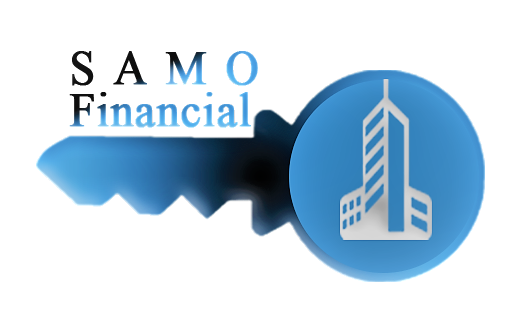How Lending for Real Estate Renovations Can Outperform Savings Accounts and CDs
How Lending for Real Estate Renovations Can Outperform Savings Accounts and CDs
When it comes to growing wealth, many investors today are searching for ways to make their money work harder than it would in traditional savings accounts or certificates of deposit (CDs). One promising way to achieve higher returns with less active involvement is through real estate renovation loans. This strategy involves lending money to real estate investors who use the funds to fix and upgrade properties, and then repay the loan with interest. In this article, we’ll break down how passive real estate lending works, the benefits it offers, and the risks you need to understand before diving in.
What Is Passive Real Estate Lending?
Passive real estate lending allows investors to provide capital (often in the form of short-term loans) to real estate developers or flippers. The borrowed money is used to renovate and improve properties, which are then sold or rented out. In return, the lender earns a fixed return—usually in the form of interest—without having to actively manage the project.
Here’s how it works:
- You lend money to a real estate project (often through a private lender, real estate crowdfunding platform, or directly to an investor).
- The borrower uses your loan to renovate the property.
- Once the project is completed and sold or rented, you receive your initial investment plus interest.
This form of lending offers a hands-free way to earn higher passive income than most savings products.
How Passive Real Estate Lending Creates Higher Income
Compared to typical savings accounts or CDs, lending to real estate investors can offer much better returns in 2024. Let’s break it down:
- Savings Accounts: Many savings accounts offer returns of around .05-2% annually.
- Certificates of Deposit (CDs): Long-term CDs offer slightly better returns, but rarely exceed 3.5-4.5%.
- Real Estate Lending Returns: Passive loans for renovation projects can generate returns ranging from 7-11% or more per year. This can vary depending on market conditions and the length of the loan.
The key difference is that real estate loans typically carry more risk, but the rewards can be much higher.
Pros of Passive Real Estate Lending
-
Higher Returns
As mentioned, these loans often pay far better interest rates than traditional banking products, making them attractive for those seeking stronger cash flow. -
Short-Term Investments
Most real estate renovation loans are for short periods, often 6 to 12 months. This means your money isn’t tied up for too long, providing flexibility. -
Hands-Free Investment
Once you lend the money, the borrower handles the renovation project, tenant management, or resale. There’s no need for the lender to get involved in day-to-day decisions. -
Collateral Protection
Real estate loans are typically secured by the property itself. In the event of a default, the lender may have the legal right to take ownership of the property to recover their investment.
Cons and Risks to Consider
-
Risk of Default
There is always a chance the borrower will be unable to repay the loan, especially if the renovation takes longer or costs more than expected. -
Illiquidity
While the loan is active, your money is tied up. You won’t have immediate access to it until the borrower repays or the loan term ends. -
Property Value Fluctuations
The property’s value might not increase as expected after the renovation, reducing the borrower’s ability to sell or refinance. This could put the loan at risk. -
Market Volatility
Changes in the real estate market (like higher interest rates or economic downturns) can impact the borrower’s ability to complete the project or repay the loan.
How to Start Lending for Real Estate Renovations
-
Research Borrowers or Platforms
You can lend directly to individual investors or use crowdfunding platforms that pool money from many investors to fund multiple projects. -
Evaluate the Property and Project
If you’re lending directly, review the borrower’s renovation plan, the property’s value, and the local market conditions. Be selective about the projects you fund. -
Understand the Loan Terms
Make sure you understand the loan duration, interest rate, and what happens in case of default. Many loans require monthly interest payments, with the full principal repaid at the end of the loan term. -
Use an IRA for Tax Benefits
Some investors choose to use a self-directed IRA (SDIRA) to lend money, allowing interest income to grow tax-deferred or even tax-free, depending on the account type.
Is Passive Real Estate Lending Right for You?
This investment strategy can be an excellent way to diversify your portfolio, especially if you’re looking for better returns than those offered by CDs or savings accounts. However, it’s essential to assess your risk tolerance and financial goals. While it offers potentially higher income, there is no guarantee of repayment, and your money will be locked in for the loan’s duration.
For investors willing to take on some risk in exchange for passive income and higher returns, lending for real estate renovations can be a rewarding strategy. Just remember to do your homework—whether you’re working with individual borrowers or using a crowdfunding platform, success in passive real estate lending comes from making informed decisions.
By carefully selecting renovation projects and staying informed, even beginner investors can benefit from this relatively hands-off way to grow wealth. It’s a practical path to making your money work harder—without the hassle of managing properties yourself.
Have you thought about passively building your wealth via real estate investing?
Let’s talk











